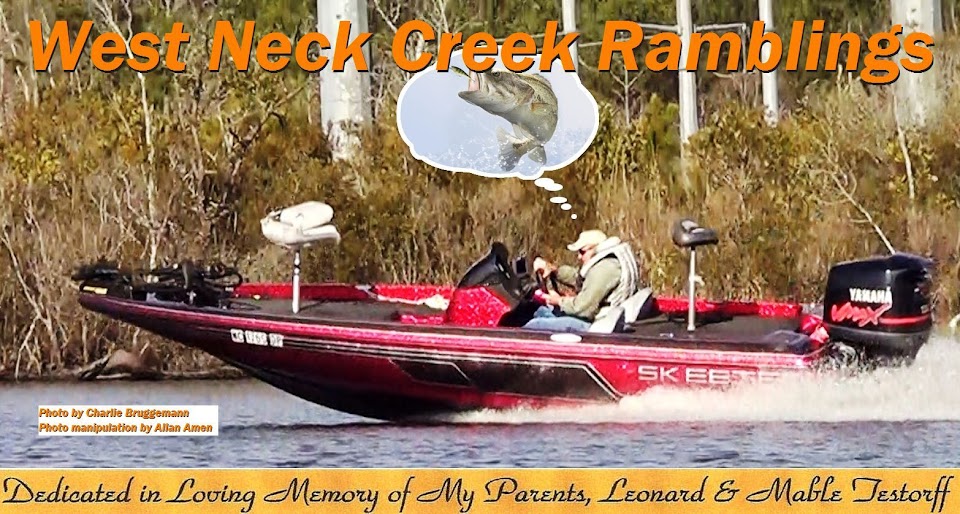Photo by James Overstreet
When he started, the standard craft was an 18-footer powered by a 150-h.p. outboard. Granted, today's bigger, sleeker bass boats provide a much better ride, but anglers still take a pounding when they're fishing places like Erie, Okeechobee or Sam Rayburn and have to run 30 miles in 30 minutes for weigh-in.
Someone else who can tell you a few stories about piloting little boats through big waves is 1998 Bassmaster Classic champion Denny Brauer. This 71-year-old has endured at least five back surgeries.
As 2008 Bassmaster Classic champion Alton Jones explained, "Nothing takes a toll on a person's back like driving a boat in the conditions that pro anglers often face on Lake Erie. In the worst of times, you may be running 75 miles per hour while negotiating torrential rain and/or winds that cause 6-foot waves.
"Young anglers feel it," continued Jones. "More experienced anglers, with, say 20 or more years of tournament history, feel it more acutely, and many routinely wonder how long they can stay anywhere near the top of their games."
Veteran outdoor writer Pete Robbins added, "The problem with being on tour and suffering these injuries is that, unlike other professional sports, there are no trainers, masseuses, or team doctors to work out the kinks. You just get back in the truck and drive 12 hours to the next 12 rounds of battling a watery environment. The simple truth is that, if you don't fish, you don't earn, and if you don't earn, you don't eat."
What pro anglers do believe is that if they can live relatively pain-free, they can compete at a high level. That's where BACAS, the Houston, Texas-based interventional pain-management practice comes in.
Whereas BACAS has been treating a variety of patients since opening in 2006, their doctors have developed specific sports-injury and recovery programs designed for professional athletes, including more recently an angler-specific initiative.
When working with anglers, BACAS addresses pain from head to toe, with aggressive treatments for such ailments as tendonitis, neck and back stiffness, migraines, torn rotator cuffs, dislocations, sprains, hamstring pulls, natural wear and tear and overtraining issues.
The BACAS team includes four physicians with varying specialties and backgrounds. This allows BACAS to offer what Senior Executive Vice President Melonie Butler terms a "multidisciplinary approach" that is unlike any other.
"Our physicians collaborate in order to deliver an accurate diagnosis," she said. "They are methodical and diligent in pursuing a patient's pain triggers. They absolutely will find and deal with the root causes of pain," she assured.
Both Biffle and Jones now are free of lower-back pain and say they feel years younger as a result of what the BACAS team has done for them, which, according to BACAS founder and physician Nelson K. Bond, is typical.
Incidentally, BACAS is an official physician sponsor of Major League Fishing. The physical demands on the body and the repetitious nature of anglers' actions eventually generate pain (acute or chronic) and injury. Through the RESET program, BACAS physicians reset tired and overworked bodies without surgery or long-term narcotic pain medications. BACAS experts identify, treat and correct issues that produce pain, limit function, or cause weakness from injuries, wear and tear, and/or overuse. BACAS treats patients from all over the United States. For more information, visit the website at http://www.bacasmd.com.


















































